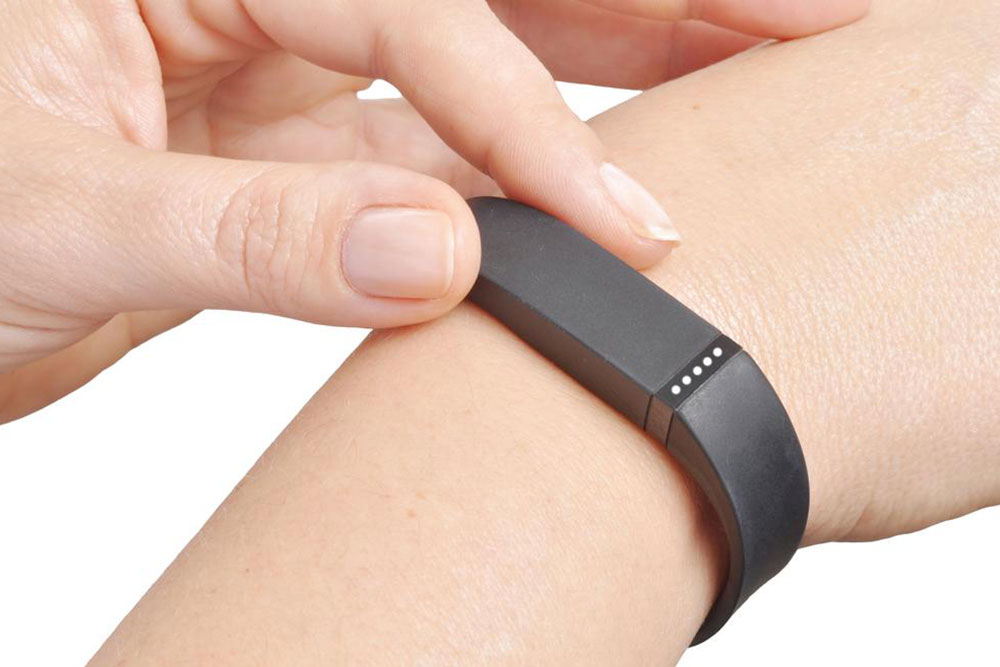Things to know about Fitbit charge 2
Fitness is the latest buzzword and to help you stay fit there is a range of tech gadgets. While some apps help you keep track of your calorie intake, others track your activity levels through the day. Fitbit Charge 2 is one of the most popular activity trackers available today.
As an activity tracker, it calculates the distance traveled during the day, a number of steps walked and calories burned. It also has a mode that helps you lower your breathing rate after a workout and calculates the amount of sleep you get in a day. The Fitbit Charge 2 does not have a built-in GPS but can be easily connected to any smartphone to capture routes.

Design wise, the Fitbit Charge 2 balances form and functionality. Its sleek modular display allows it to be paired with a variety of different colored silicone or leather bands with a simple push and slide mechanism. The watch-style buckle design on the straps makes it easy to put on and take off. The display itself is a rectangular OLED module with a single button to the left and a built-in heart rate monitor on the bottom.
To put the screen on, you can either tap the screen or press the side button. The Fitbit change 2 has five screens that you can scroll through; time of the day, heart rate, activity tracker, stopwatch and relax. The activity tracker works for a number of activities including walking, running, treadmill, cycling, elliptical, weights and a workout. To start tracking an activity, you must press the button. The heart rate monitor works continuously and can be viewed while in relax state or workout state. It also allows for limited text, phone call, and calendar notifications.
Fitbit can be connected to a Bluetooth enabled phone through the free Fitbit app. Once paired to your phone, you can manually sync the devices or set it to automatically sync whenever it is in range. The app also allows you to understand your cardio fitness levels via breakdown of your heart rate while resting, during normal activities and at peak exertion. It also indicates the maximum amount of oxygen available to you while exercising and offers advice on how to improve your cardio health.

